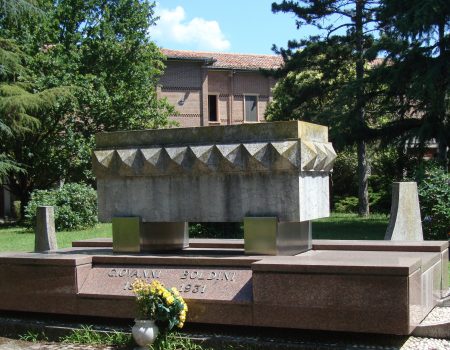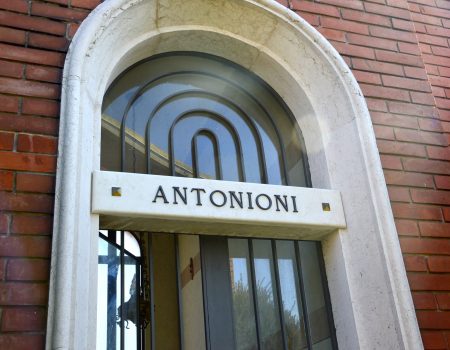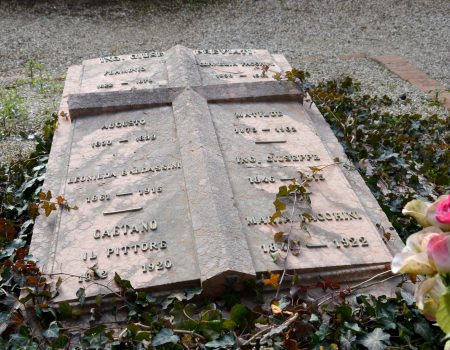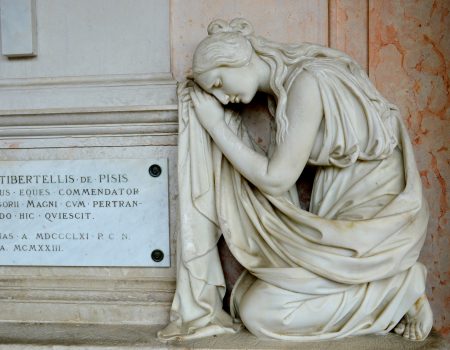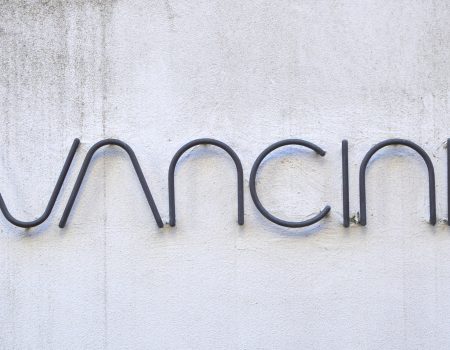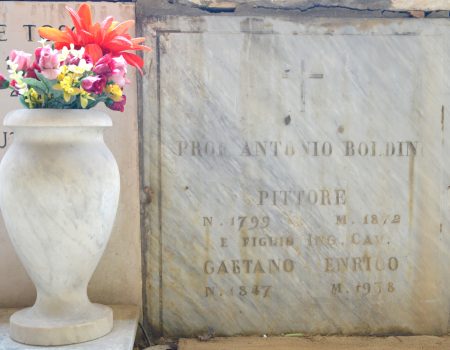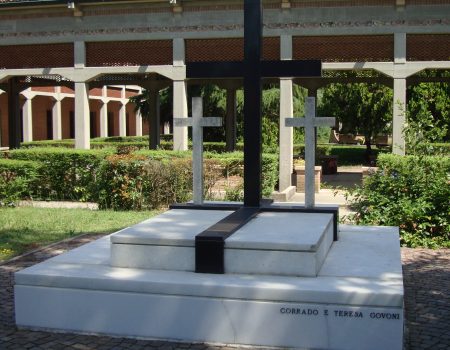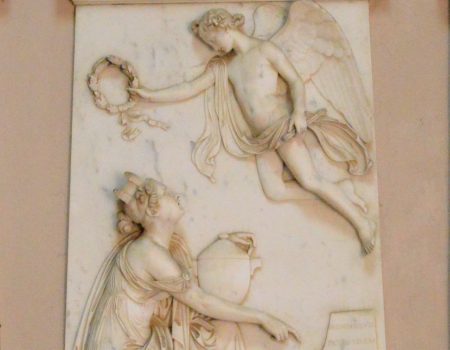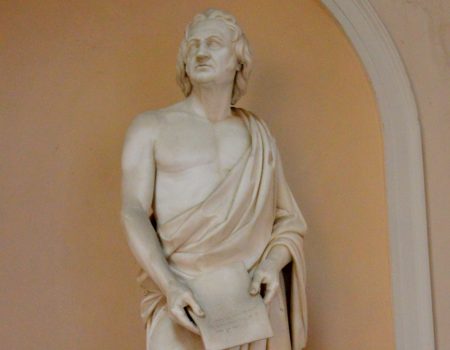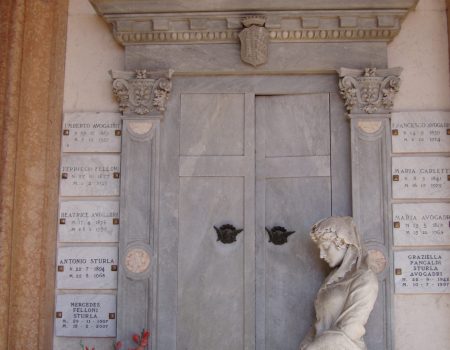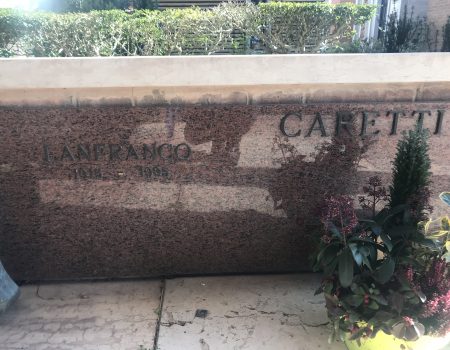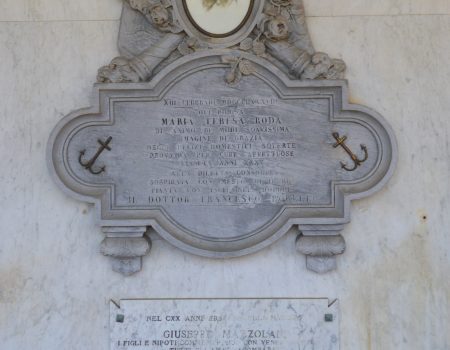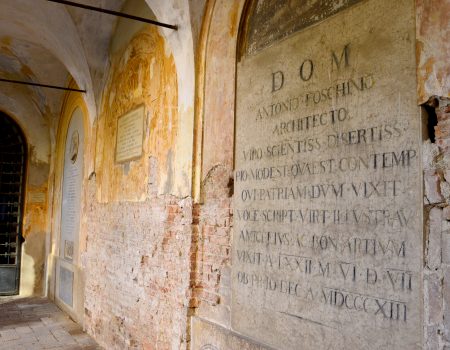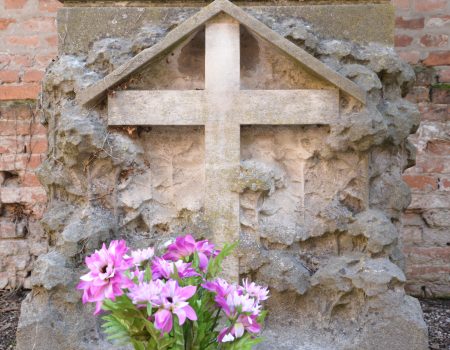Ferrara is the birthplace of numerous great figures in the fields of literature and the visual arts, who, after their lives of fame and international success, returned to their hometown to be laid to rest.
These include poets, architects, painters, and film directors whose works we’ve all enjoyed, and who you’ll now be able to thank “in person” for they ways in which they touched our lives. Take a personal journey into the poetry of the late nineteenth to early twentieth centuries, discovering the great masters of the schools of romanticism, divisionism, symbolism and futurism: Gaetano Previati, with his religious works and his avant-garde style much acclaimed by futurists; Filippo De Pisis, with his exquisite landscapes; and, above all, Giovanni Boldini, the portraitist most beloved by the high society of Paris during the Belle Époque.
Match the names with their plaques at the most fascinating and recognisable spot in Ferrara’s historic centre, the magnificent rotunda in the Theatre’s lateral façade by Antonio Foschini.
Finally, let yourself be swept away by the historical images: the realistic images in Florestano Vancini’s masterful historical-political feature films, and the fantastical images by Michelangelo Antonioni (recipient of an Academy Award for Lifetime Achievement in 1995), who made cinematic history with the final scenes of Blow up, Zabriskie Point and, above all, The Passenger.





